Archives
- 2025-12
- 2025-11
- 2025-10
- 2025-09
- 2025-03
- 2025-02
- 2025-01
- 2024-12
- 2024-11
- 2024-10
- 2024-09
- 2024-08
- 2024-07
- 2024-06
- 2024-05
- 2024-04
- 2024-03
- 2024-02
- 2024-01
- 2023-12
- 2023-11
- 2023-10
- 2023-09
- 2023-08
- 2023-07
- 2023-06
- 2023-05
- 2023-04
- 2023-03
- 2023-02
- 2023-01
- 2022-12
- 2022-11
- 2022-10
- 2022-09
- 2022-08
- 2022-07
- 2022-06
- 2022-05
- 2022-04
- 2022-03
- 2022-02
- 2022-01
- 2021-12
- 2021-11
- 2021-10
- 2021-09
- 2021-08
- 2021-07
- 2021-06
- 2021-05
- 2021-04
- 2021-03
- 2021-02
- 2021-01
- 2020-12
- 2020-11
- 2020-10
- 2020-09
- 2020-08
- 2020-07
- 2020-06
- 2020-05
- 2020-04
- 2020-03
- 2020-02
- 2020-01
- 2019-12
- 2019-11
- 2019-10
- 2019-09
- 2019-08
- 2019-07
- 2019-06
- 2019-05
- 2019-04
- 2018-11
- 2018-10
- 2018-07
-
The need for an inflammatory risk profile was recently discu
2022-06-06
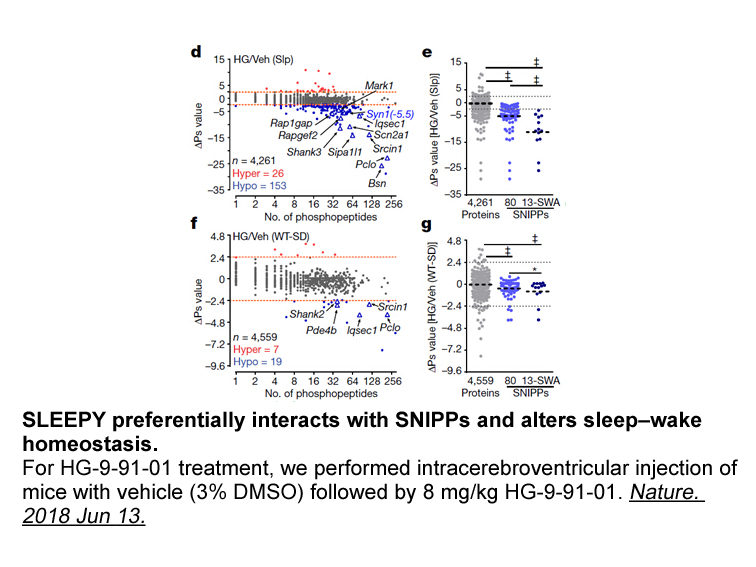
The need for an ‘inflammatory risk profile’ was recently discussed by several investigators. The present study is all the more significant in that it shows that a phenomenon that is influenced by various atherosclerotic risk factors and acute phase proteins is, indeed, associated with a less favorab
-
The waiting time for first arrival
2022-06-06

The waiting time for first arrival of 5ht receptors into the dense fraction of 3–4 min at the normal chloride conductance, and about 30 min with inhibition to about 10% of the normal value, signifies that the Gardos channels in the activated cells become maximally or near maximally activated, corres
-
br Acknowledgments We apologize to the
2022-06-06
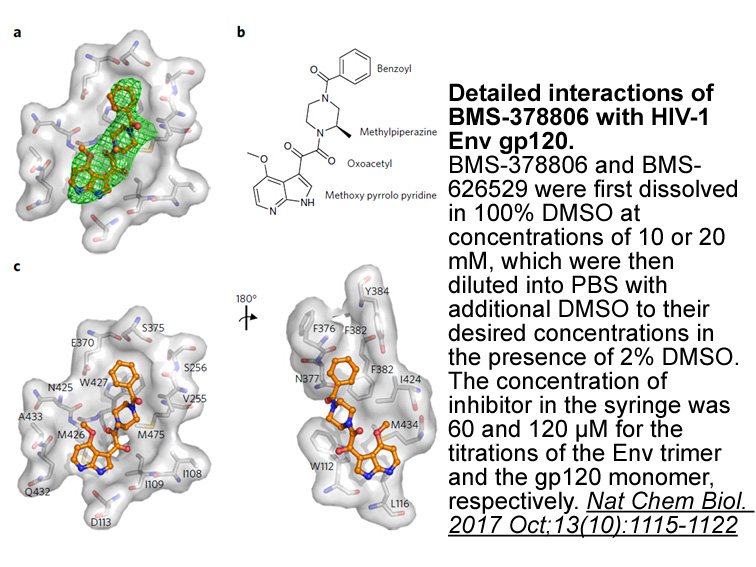
Acknowledgments We apologize to the researchers who were not referenced due to space limitations. We thank Dave Primm (Department of Surgery, University of Texas Southwestern Medical Center) for his critical reading of the manuscript. This work was supported by grants from the US National Institu
-
atm kinase inhibitor br Materials and methods This
2022-06-06
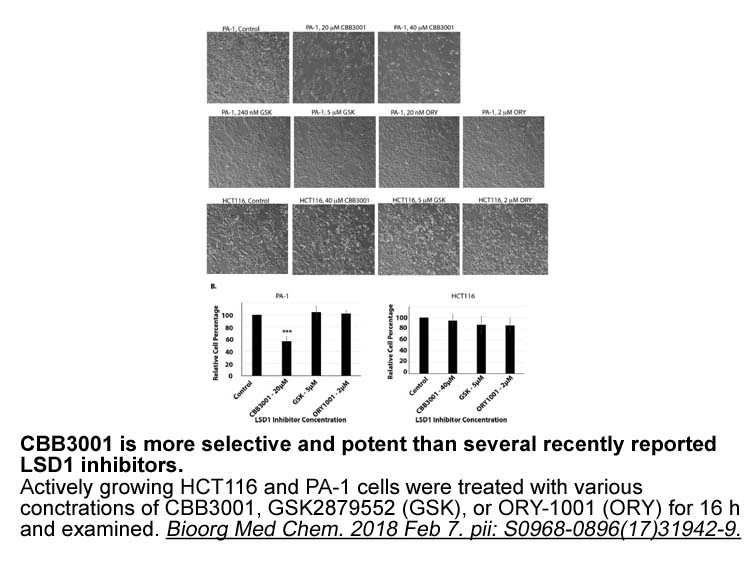
Materials and methods This is a retrospective case-controlled study. The cases were selected based on the presence or absence of preeclampsia. Women enrolled in the study delivered singleton pregnancies at our institution from June 2003 to July 2004. Preeclampsia is defined as elevated blood pres
-
NVP-CGM097 At baseline Hdc KO mice
2022-06-06

At baseline, Hdc-KO mice have alterations in the examined signaling cascades that resemble those seen in WT mice after RAMH challenge. Specifically, NVP-CGM097 of MSK1 at T581 and of rpS6 ad S235/236 are elevated in dMSNs to a similar extent after saline in KO mice and after RAMH challenge in WT sib
-
4-DAMP br Experimental br Acknowledgment br Introduction
2022-06-05
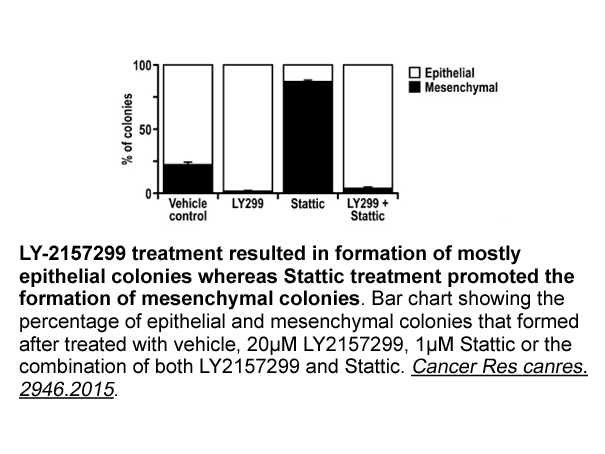
Experimental Acknowledgment Introduction Hepatitis C virus (HCV) belongs to Flaviviridae, is a blood-borne pathogen which infects about 180 million individuals throughout the world; most of the cases lead to end stage liver diseases, fibrosis, cirrhosis and hepatocellular carcinoma (Choo et
-
Despite efforts over the past
2022-06-05
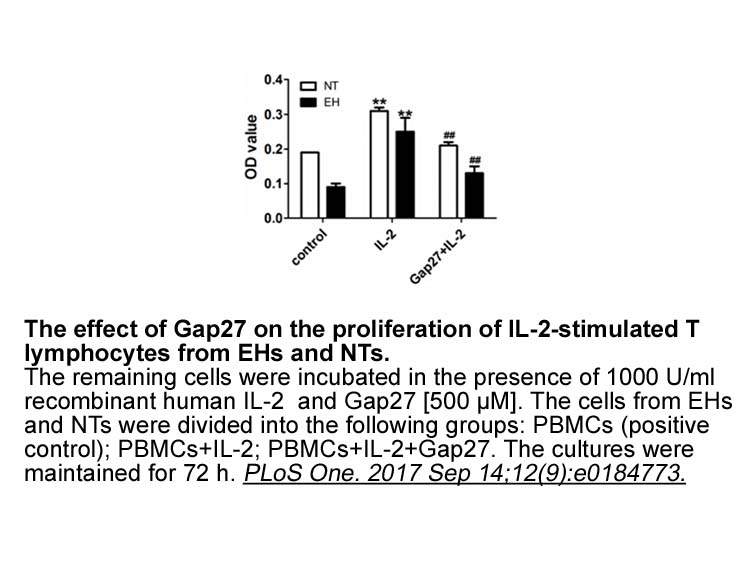
Despite efforts over the past decade to shed light on the endosomal maturation process and its underlying Rab conversion, the context in which all the involved protein components interact needs to be further elucidated. After defining single components and modules of the machinery important for endo
-
Mortality from breast cancer is almost always attributed to
2022-06-05
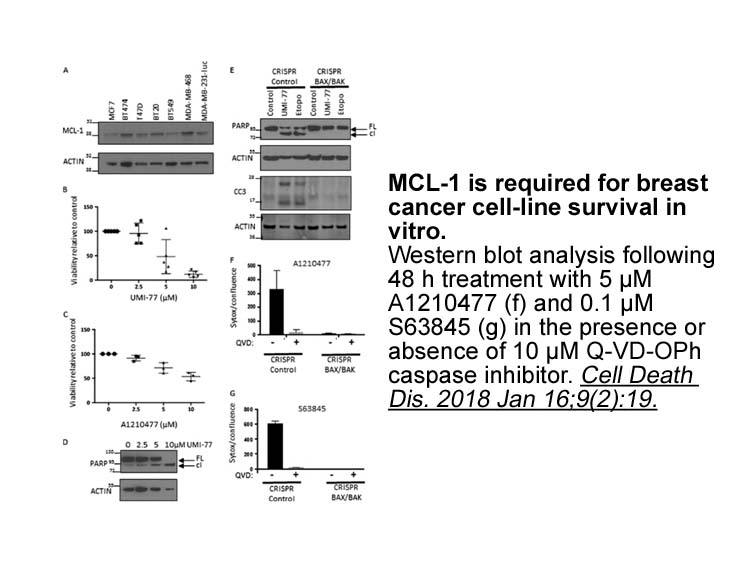
Mortality from breast cancer is almost always attributed to metastatic spread of the disease to other organs, thus precluding resection as a treatment method. Unfortunately, conventional chemotherapy fails to eradicate most human cancers, including aggressive breast cancers. Studies over the past de
-
Table shows the distribution of all studied
2022-06-05

Table 3 shows the distribution of all studied groups regarding mutation of GSTP1 gene polymorphism in each group. From 15 COPD smoker patients in group (A), 12 (80%) had heterozygous mutation, from 15 COPD non-smoker patients in group (B), 5 (33.3%) had heterozygous mutation, from 10 control subject
-
To facilitate the development of novel diagnostic and therap
2022-06-05
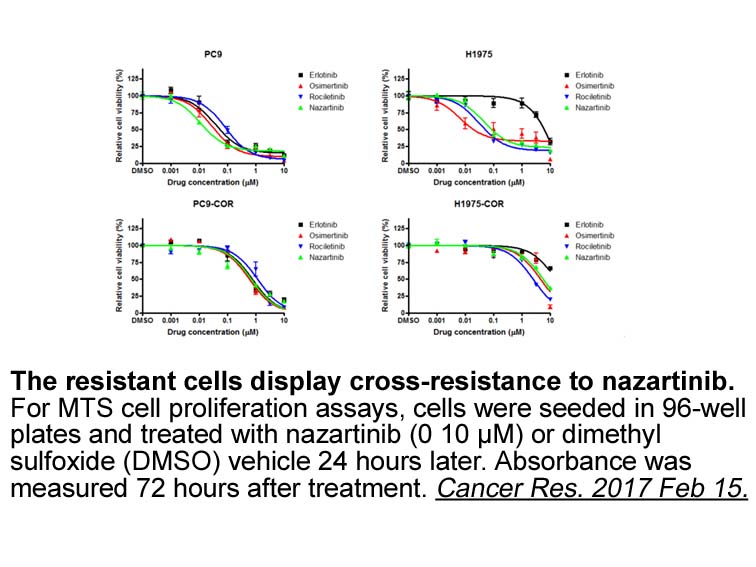
To facilitate the development of novel diagnostic and therapeutic interventions in NASH, a plethora of animal models have been used to identify molecular targets that are involved in the onset and progression of NASH. In view of recent advances in the understanding of the pathogenesis of NASH and pr
-
Neurotransmitter transporters are rapidly recycled from and
2022-06-05

Neurotransmitter transporters are rapidly recycled from and to the membrane. For instance, the GABA transporter GAT1 is recycled in a calcium and depolarization dependent manner. GAT1 located in the plasma membrane is internalized to a subpopulation of small vesicles different from the classical neu
-
Overall the multiple nucleic acid hybridization method is
2022-06-05
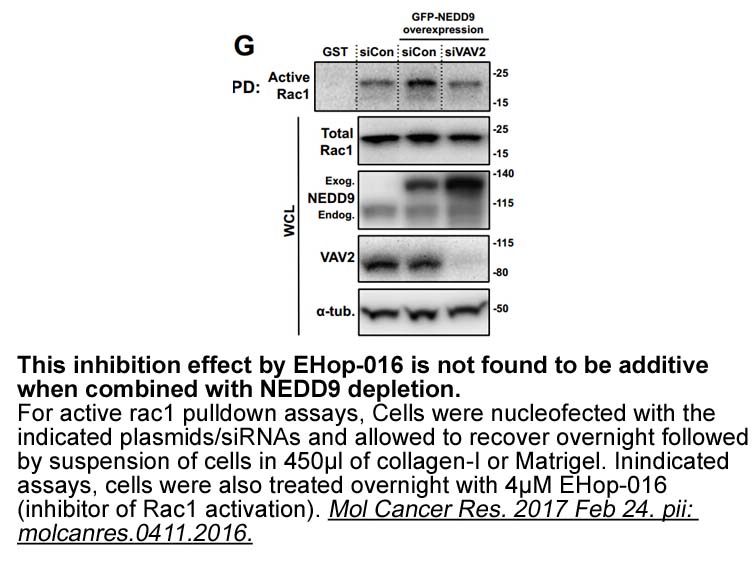
Overall, the multiple nucleic Ketorolac tromethamine salt synthesis hybridization method is useful for detecting specific transcripts within tissues of nematodes. The present study suggests that Peq-pgp-11 and Peq-pgp-16 mRNAs are expressed in many tissues of Parascaris. Our results indicate that
-
Our overall goal is to develop selective
2022-06-05

Our overall goal is to develop selective compounds for low-affinity/high-capacity transporters inhibitors (i.e. OCT1–3 and PMAT), and provide the field with much needed, specific pharmacological tools to study these transporters. In our initial efforts, we synthesized halogen substituted analogs and
-
Hippocampal lesioned mice were less able to withhold respond
2022-06-05

Hippocampal-lesioned mice were less able to withhold responding during a DRL-10 requirement (i.e. when the animals had to wait 10s between lever presses), and were thus less efficient than sham operated controls. In contrast, GluR-A−/− mice did not differ from wild-type mice when the DRL requirement
-
OSMI-1 In patients with type diabetes
2022-06-05

In patients with type 2 diabetes glucagon receptor antagonism led lowered fasting glucose however not postprandial glucose levels [9], which may reflect that glucagon may not be of particular importance for the diabetic hyperglycemia upon a meal. Current glucagon receptor antagonists have however be
15700 records 411/1047 page Previous Next First page 上5页 411412413414415 下5页 Last page